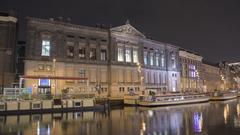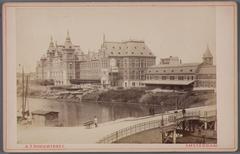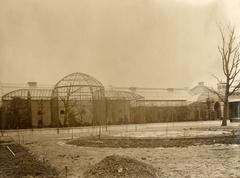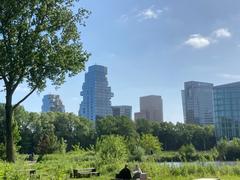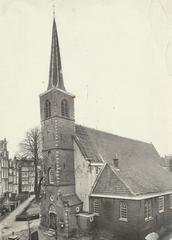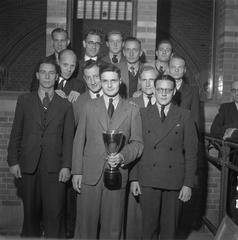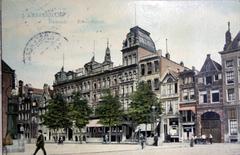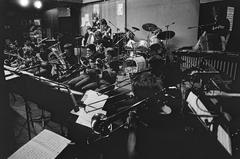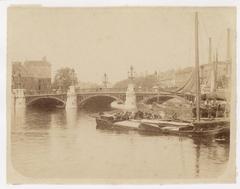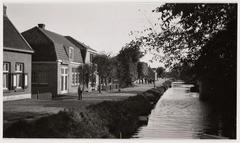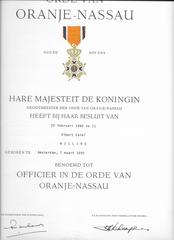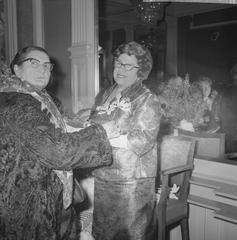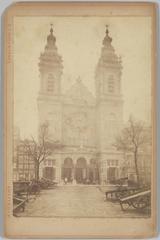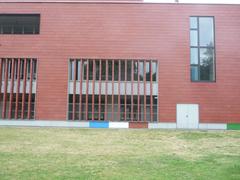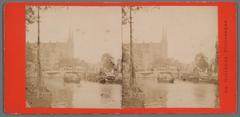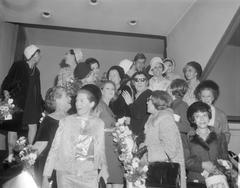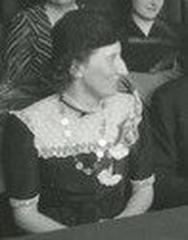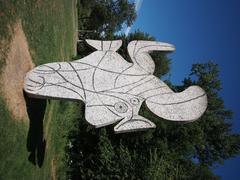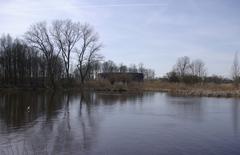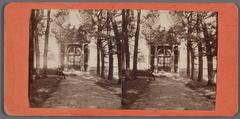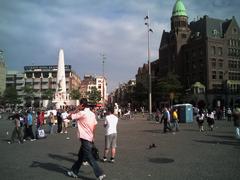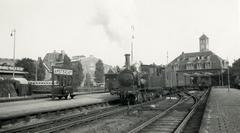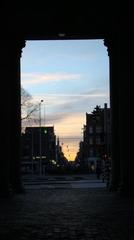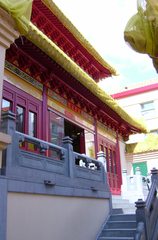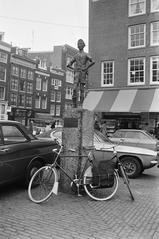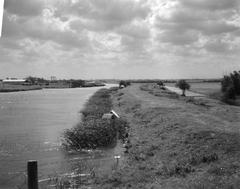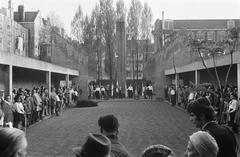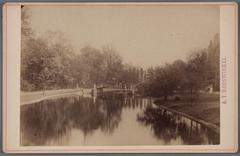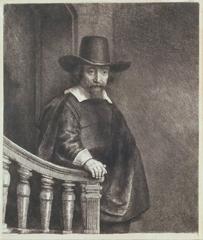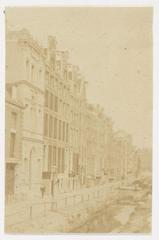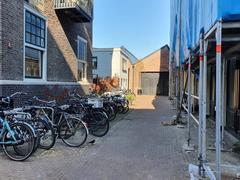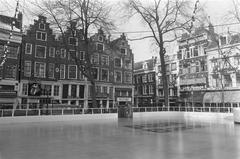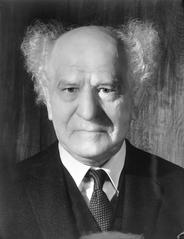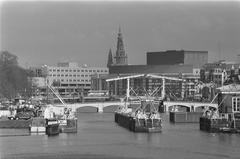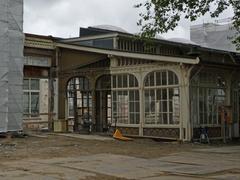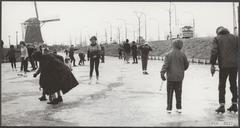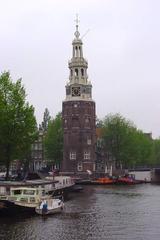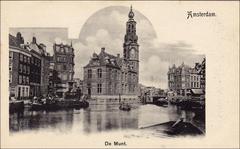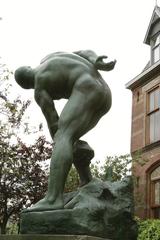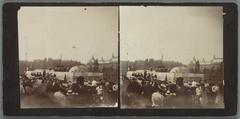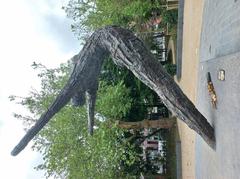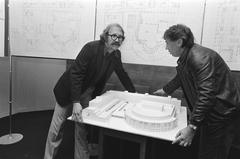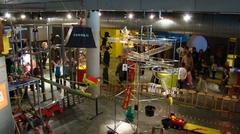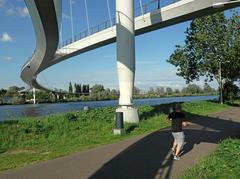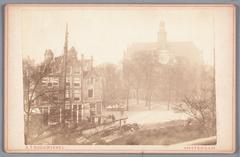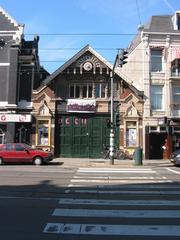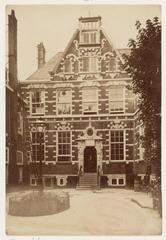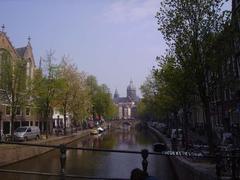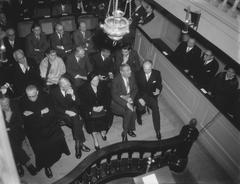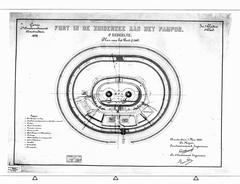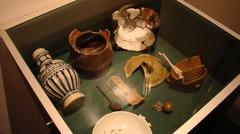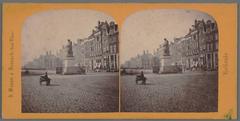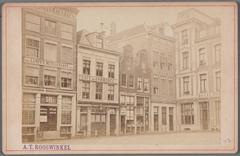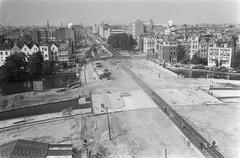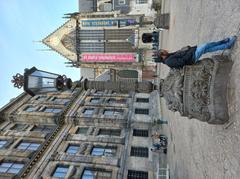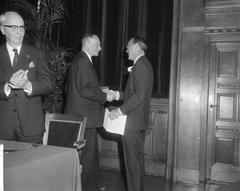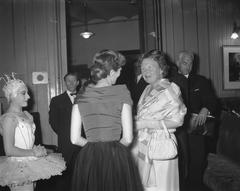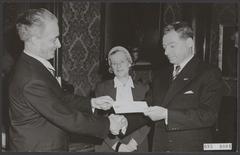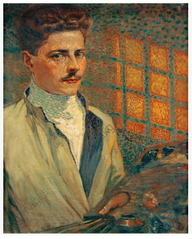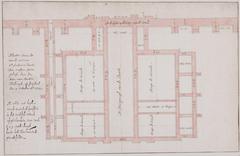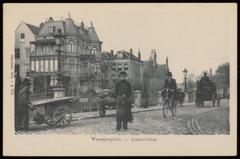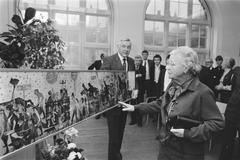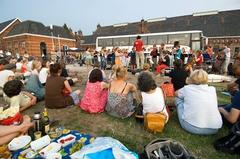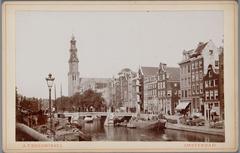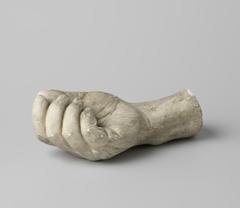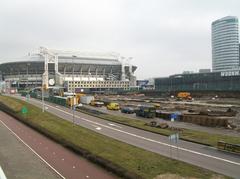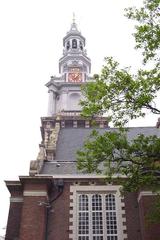
Agnietenkapel Amsterdam: Visiting Hours, Tickets, History, and Visitor Guide
Date: 04/07/2025
Introduction
Nestled in the heart of Amsterdam’s historic canal district, the Agnietenkapel is a remarkable symbol of the city’s medieval origins and its ongoing legacy as a center of learning and culture. Originally built in the late 15th century as the chapel for the St. Agnes convent, this striking Gothic monument later became the birthplace of the University of Amsterdam, housing the Athenaeum Illustre in the early 17th century. Today, the Agnietenkapel stands not only as an architectural gem but also as a living monument to Amsterdam’s intellectual and cultural evolution, hosting academic ceremonies, concerts, and special events (Evendo; University of Amsterdam; Wikipedia).
This detailed guide provides everything you need to know about visiting the Agnietenkapel in Amsterdam, including its history, architectural highlights, practical visitor information, accessibility, ticketing, and tips for making the most of your experience.
Table of Contents
- Historical Overview
- Artistic and Cultural Significance
- Visiting the Agnietenkapel
- Nearby Attractions and Travel Tips
- Frequently Asked Questions (FAQ)
- Conclusion and Visitor Summary
- References
Historical Overview
Origins and Early History
Founded in the late 15th century, the Agnietenkapel was originally built as the chapel for the St. Agnes convent (Agnietenklooster), serving nuns of the Augustinian order. Its construction coincided with Amsterdam’s transformation from a modest fishing village to a bustling trading city, reflecting the growing importance of religious institutions in urban life during the medieval period (Evendo).
After the Protestant Reformation in the 16th century, the chapel’s religious functions ended, and many Catholic buildings were demolished or repurposed. The Agnietenkapel, however, survived and was adapted for new uses, preserving its historical and architectural legacy.
Architectural Evolution and Features
The Agnietenkapel exemplifies late Gothic architecture, with hallmark features such as high, ribbed vaulted ceilings, pointed arches, and elegant stained glass windows. The brick construction, typical of Dutch Gothic style, gives the chapel a distinctive, robust appearance. Later Renaissance modifications introduced round-arched windows, pilasters, and other decorative elements, blending the two styles harmoniously (Amsterdam-2-Go).
Over time, restoration projects have maintained the chapel’s medieval character while allowing for modern adaptations. Notable features include the ornate wooden choir stalls, fragments of original stained glass, and the beautifully restored ceiling paintings (Wikipedia).
Role in Education and Religion
In 1632, the Agnietenkapel became the home of the Athenaeum Illustre, the precursor to the University of Amsterdam. The inaugural lectures, delivered by Gerardus Vossius and Caspar Barlaeus, marked the beginning of Amsterdam’s longstanding tradition of academic excellence (Folia). The chapel hosted daily lectures in Latin and, over the centuries, evolved into a central venue for academic ceremonies, PhD defenses, and university events (University of Amsterdam).
Artistic and Cultural Significance
Interior Highlights
The Agnietenkapel interior retains elements of its medieval origins, including carved woodwork and fragments of stained glass that survived the Reformation. The restored ceiling paintings by Willem Bogtman and the grand Gothic windows are particularly admired by visitors and art historians alike. Commemorative plaques and the original lecture hall—the oldest in Amsterdam—underscore the chapel’s academic heritage (Folia).
Academic Traditions and Collections
The chapel’s attic once housed the City Library, which became the foundation of the University of Amsterdam’s Special Collections. Today, these collections include rare books, manuscripts, and historical artifacts. The Agnietenkapel continues to host academic events, concerts, and exhibitions, making it a vibrant part of Amsterdam’s cultural scene (Evendo).
Visiting the Agnietenkapel
Location and Accessibility
- Address: Oudezijds Voorburgwal 229-231, 1012 EZ Amsterdam
- Neighborhood: Historic canal district, near Dam Square and the University of Amsterdam’s main buildings (University of Amsterdam)
- Public Transport: Accessible via tram lines 4, 9, 16, and 24 (Rokin or Dam Square stops) and the Nieuwmarkt metro station (lines 51, 53, 54)
- Accessibility: The main entrance is wheelchair accessible and visitor accommodations can be arranged in advance (University of Amsterdam)
Visiting Hours and Tickets
- Public Access: The Agnietenkapel is not open daily; access is primarily during university events, guided tours, or special exhibitions.
- Hours: Vary depending on scheduled events. Always check the official University of Amsterdam Agnietenkapel page for current information.
- Tickets: Many university events are free. Ticketed tours or exhibitions typically range from €5 to €15. Advance booking is strongly recommended for all public events.
Guided Tours and Events
Guided tours are offered on special open days or by appointment. These tours delve into the chapel’s history, architecture, and academic traditions. The Agnietenkapel also hosts concerts, lectures, and cultural events—attending one offers a unique way to experience the chapel’s atmosphere (Amsterdamse Binnenstad).
- Contact for Tours: +31 (0)20 525 2362 or via the University of Amsterdam website
Photography and Visitor Etiquette
- Photography: Permitted during public events unless otherwise noted. Flash and tripods are generally prohibited to protect artworks.
- Etiquette: As the chapel is used for academic ceremonies, visitors are expected to be respectful and maintain a quiet demeanor. Always follow posted guidelines and staff instructions.
Nearby Attractions and Travel Tips
- Oude Kerk: Amsterdam’s oldest building, renowned for its Gothic architecture
- Begijnhof: Historic courtyard with medieval houses and chapel
- Amsterdam Museum: Offers insights into the city’s development and history
- Cafés and Shops: Numerous options nearby for refreshments and souvenirs
- Travel Tip: The area features cobblestone streets—wear comfortable shoes. Public restrooms may require a small fee (SignalsCV).
Frequently Asked Questions (FAQ)
Q: Can I visit the Agnietenkapel anytime?
A: No, access is limited to special events, guided tours, or by appointment. Always check the official website for the latest schedule.
Q: Are there entrance fees?
A: Many university ceremonies are free, but certain tours and exhibitions may charge €5–€15.
Q: Is the Agnietenkapel wheelchair accessible?
A: Yes, the entrance and main interior areas are accessible. Contact the university in advance for special accommodations.
Q: Can I take photographs inside?
A: Allowed during public events unless otherwise indicated. Always check with staff.
Q: Are guided tours available?
A: Yes, by appointment or during special open days. Contact visitor services for details.
Conclusion and Visitor Summary
The Agnietenkapel is a living testament to Amsterdam’s rich academic and cultural legacy. From its origins as a Gothic convent chapel to its current role as a site for academic ceremonies and cultural events, the chapel invites visitors to experience centuries of history, art, and scholarship. While public access is limited, thorough planning and advance booking can provide a memorable visit. Explore its stunning architecture, attend a ceremony if possible, and enrich your understanding of Amsterdam’s unique heritage.
Key Tips:
- Confirm visiting hours and events on the official website.
- Book guided tours or event tickets in advance.
- Respect the venue’s ceremonial nature during your visit.
- Combine your visit with nearby historic sites for a full Amsterdam experience.
For the latest updates, tickets, and visitor tips, follow the University of Amsterdam’s channels and consider downloading the Audiala app for curated guides and audio tours.
References
- Agnietenkapel Visiting Hours, Tickets, and History: Exploring Amsterdam’s Gothic Gem (Evendo)
- History of the University of Amsterdam (University of Amsterdam)
- Agnietenkapel (Wikipedia)
- Tips for Visiting Amsterdam (Solosophie)
- Things to Do in Amsterdam in July (Amsterdam-2-Go)
- Agnietenkapel Location and Visitor Info (University of Amsterdam)
- Reasons Why Amsterdam Should Be on Your Travel List (Globetrotter Girls)
- Agnietenkapel – The Birthplace of the UvA (Folia)
- Amsterdamse Binnenstad – Agnietenkapel
- SignalsCV – Visiting Amsterdam




































